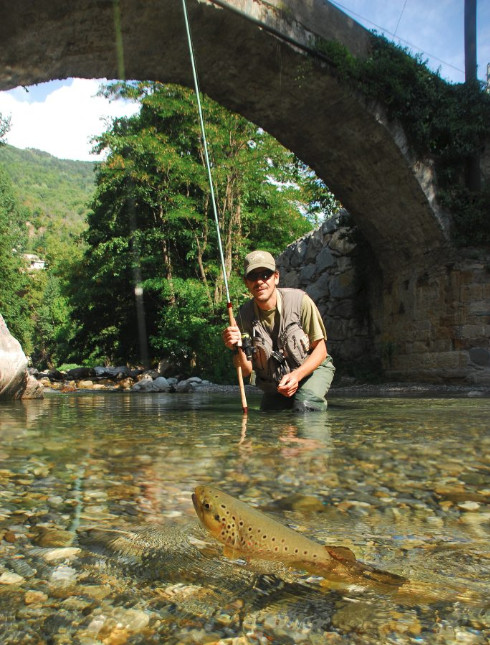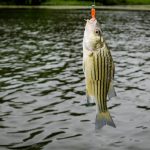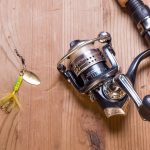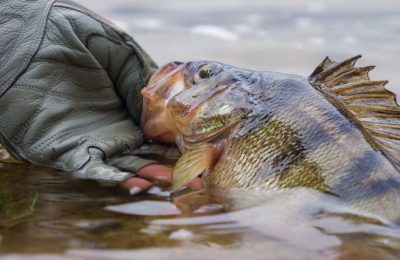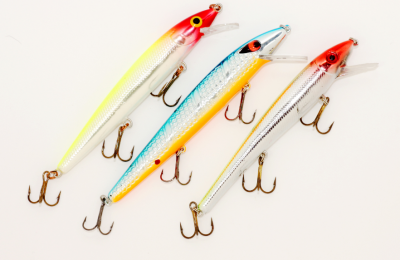Cast Away, Way Away
When it comes to fishing for bass, or any other fish, one constant holds true: casting the line to where the fish are is important. No matter how good the gear and how tempting the bait, if it’s not by the fish it doesn’t matter. Knowing how to use the best bass casting techniques can make or break your haul.
Most anglers think casting is simple—fling the rod and let the bait fly. However, experienced anglers will admit there is more to making a good cast than just spray and pray. In fact, experienced fishers will tell you that a good cast can be the difference between a trophy bass, a live well filled with dinner, or nothing at all. Practice is essential when learning casting, or any new skill.
So make sure you try these bass casting techniques at home with targets, and ensure getting that lure exactly where it needs to go becomes second nature. Keeping that in mind, let’s look at what makes a good cast.
The Basics – One Fling To Rule Them All
1) Sidearm: This is the first casting technique most of us learn. It is easier for children and produces consistent results. It is less prone to snagged lines and snarls and is significantly safer than the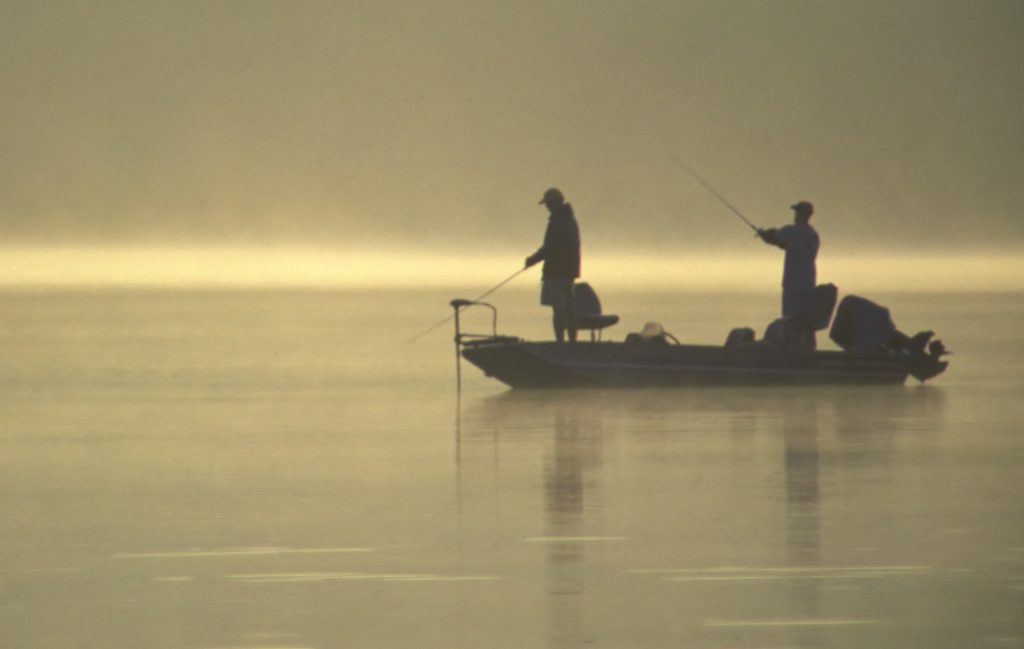 other types of casting.
other types of casting.
- Imagine standing on a clock face.
- The target is at 3 o’clock.
- Face the target squarely.
- Hold the rod parallel to the water.
- Move the rod at waist level sharply to 7 o’clock, then whip it forward, releasing the lure at about 6 o’clock.
2) Overhand: A slightly more advanced cast, this allows for greater distance and is good when there are people or other obstacles to the sides. However, care should be taken with this cast, especially when teaching children, as a sharp, barbed hook is passing by the head when fishing for bass.
- Face the target squarely at 3 o’clock.
- Raise the rod straight up with elbows tight to the side.
- Move the rod sharply back to the 10 o’clock position, then whip it forward, releasing the lure at about 11 o’clock.
3) Underhand: A more difficult cast, and one that is prone to over casting and flinging a hook back at an unsuspecting angler’s face. This has great versatility and the ability for long casts.
- Hold the rod at waist level, parallel to the water and at a 45-degree angle from the target.
- Lower the lure 6-to-8 inches from the rod tip.
- In one quick, smooth motion “draw” a half-circle with the rod tip, releasing the lure as the rod reaches the bottom to the circle.
- Use only the wrist and keep the tip of the rod pointed down.
For all these techniques, the follow through will allow more precise control. Practice these until lure placement is exactly where desired. The more precise the cast, the better chance of catching that trophy bass.
Bass Casting Techniques and Tips For Success
- Try to make the lure land on the water with as little noise as possible.
- Cast past the target when possible.
- In windy weather, pull the line just before the lure touches water to straighten the line and prevent it from blowing across obstructions.
- Cast with the wrist, not the arm and shoulder.
- Lower the lure a few inches below the rod tip before casting to gain momentum.
Advanced Casting – Ready For That Close Up
1) Pitching is used for intermediate distances at isolated patches of cover. Pitching is used with soft baits and jigs. It is ideal for casting along weed lines and among vegetation.
To pitch a lure:
- Grab the lure in the off hand.
- Point the rod tip down on the water.
- With a smooth, quick motion, the lure tip is raised so the lure flies forward.
- At the same time, release the spool allowing the lure to pull the line.
- Use a thumb to stop the spindle so the lure stops right before it hits the water
2) Flipping is a short-range method used to target fish in extremely tight spaces. Commonly done with jigs or soft lures, flipping is ideal when casting into weeds and thick cover.
Flipping is also a good cast for bass, as it doesn’t cause a splash that might spook them.
To flip a lure:
- Release the spool and let out about 15 feet of line.
- Re-engage the spool—understanding this is all the line that will be used when flipping.
- Pull the line between the reel and first rod guide, allowing the lure to swing freely from the end of the rod tip.
- Using a pendulum-like motion, swing the lure out toward the target, then releasing the line with a hand and allow it to fly freely.
3) Skipping is useful for getting a lure under docks or overhanging vegetation. It requires a sidearm casting method. However, instead of casting the lure a few feet above the water, sling the lure right at water level.
When performed effectively, this causes the lure to skip across the surface of the water. Many anglers use soft plastic lures (mainly stick baits) when skipping.
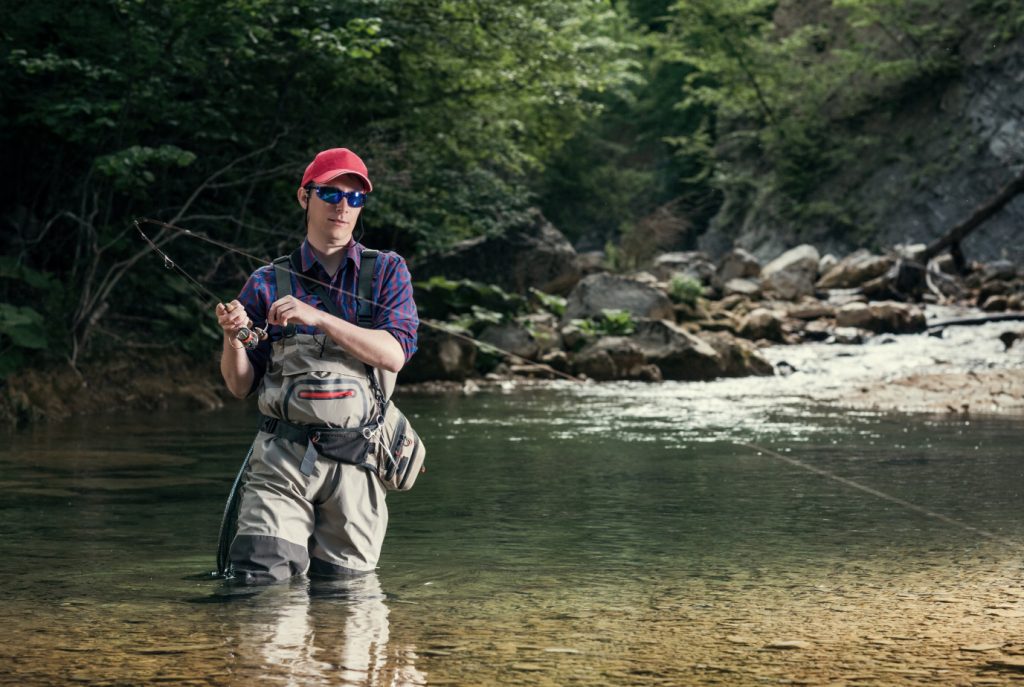
Cast About For a Great Deal
Here at the Rusty Angler we believe in fishing giveaways and promotions. While a giveaway might land some free fishing gear, fishing sweeps are a great way to enter competitions for extra gear.
There are plenty of tricks for the best bass casting techniques, but everyone agrees practice is essential. Look for deals on casting training games, casting targets, and other pieces of gear designed to improve a cast.
Companies have new gear and items all the time, so they’ll also have fishing promotions specifically to attract new buyers or to highlight new products.
Look for a special fishing promo code when browsing or ordering new equipment. These codes can earn a shopper anywhere from 10 percent to 50 percent off their purchase.
In addition, there are plenty of good fishing contests for the savvy anglers to win free gear just by entering some basic information in a questionnaire and pressing, well, “enter.”
Check out some great bass casting rods at Tackle Warehouse, too. Rusty Angler loves recommending great sites to our anglers so you can find great deals easily.


